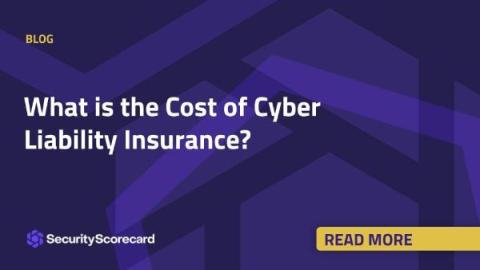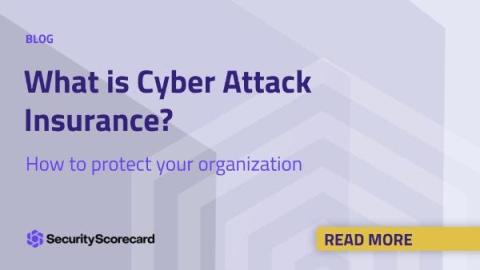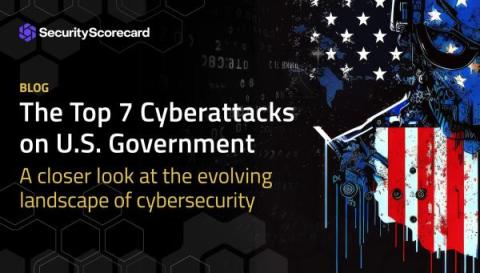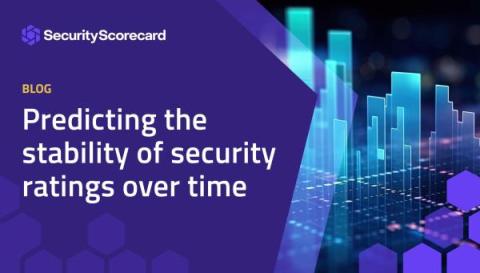Security | Threat Detection | Cyberattacks | DevSecOps | Compliance
SecurityScorecard
What is the Cost of Cyber Liability Insurance?
In today’s digital age, where businesses rely heavily on technology and data, the risk of cyberattacks and data breaches has become a constant concern. These incidents can lead to significant financial losses, damage to a company’s reputation, and even legal liabilities. To mitigate these risks, many businesses turn to cyber liability insurance. But what exactly is the cost of cyber liability insurance, and how do insurers determine it?
What is Cyber Attack Insurance?
Businesses of all sizes are increasingly reliant on technology to conduct their operations efficiently. While technology offers numerous benefits, it also exposes organizations to a growing threat—cyber attacks (or cyberattacks). As the frequency and sophistication of cyber threats continue to rise, businesses are turning to a crucial safeguard: cyber attack insurance.
Don't Reuse Passwords Or Else This Can Happen
The Top 7 Cyberattacks on U.S. Government
In a world where ones and zeros are the new battleground, these threats, cyberattacks have become a significant threat to governments worldwide. The United States, with its vast array of government agencies and critical infrastructure, is no exception. Cybersecurity threats that impact the public sector range from state-sponsored attacks to financially motivated hacking groups. In this blog post, we’ll delve into the top 7 cyberattacks on the U.S.
3 Tangible Benefits of an A Rating
Security ratings are a standard in cybersecurity. Many organizations rely on them to manage their security programs and they create ROI for the organization. Despite the potential benefits, it can be challenging for organizations who are evaluating different security ratings options to determine the value they will get from them. When making investment decisions, it’s essential to know where the investment will take you and quantify that benefit.
Using a Standardized Approach for Measuring Cybersecurity in Government
Last week at the annual Billington CyberSecurity Summit in Washington, DC, officials from government agencies gathered with industry leaders to discuss cyber threats, as well as geopolitics and issues of national security. One of the highlights was a fireside chat on Friday with Anne Neuberger, deputy national security adviser for cyber and emerging technology.
Predicting the stability of security ratings over time
The concept of ratings has been the accepted standard for making investment decisions. The first commercial credit reporting agency, the Mercantile Agency, was founded in 1841. While this relied on largely subjective methods of evaluation, it wasn’t until the 1960s, when credit reporting became computerized, that the industry consolidated and took off. Since then, credit and financial ratings models have progressed to become objective and trustworthy data points that inform lending decisions.
NetApp + SecurityScorecard Core Testimonial
Protecting the Empire State
Governor Kathy Hochul recently unveiled New York’s first-ever state-wide cybersecurity strategy, intended to protect the state’s digital systems and infrastructure from the ever-growing presence of cyber threats.











